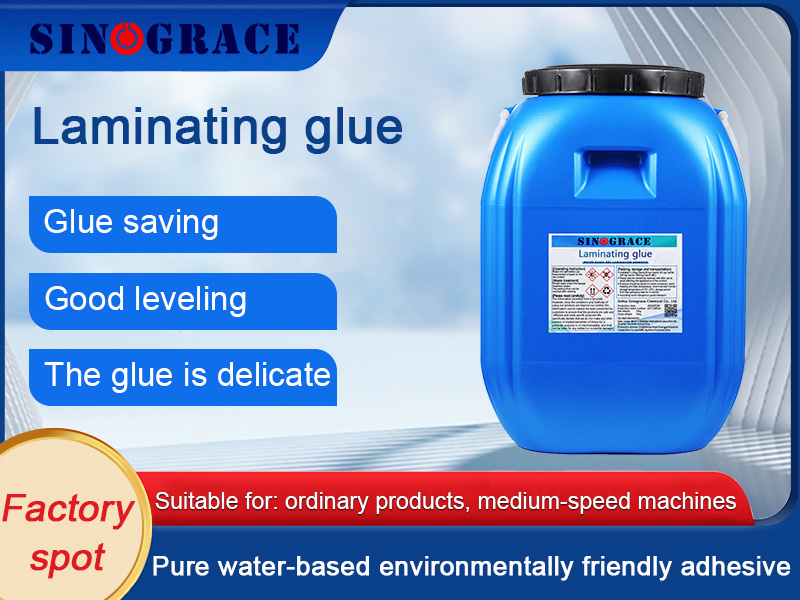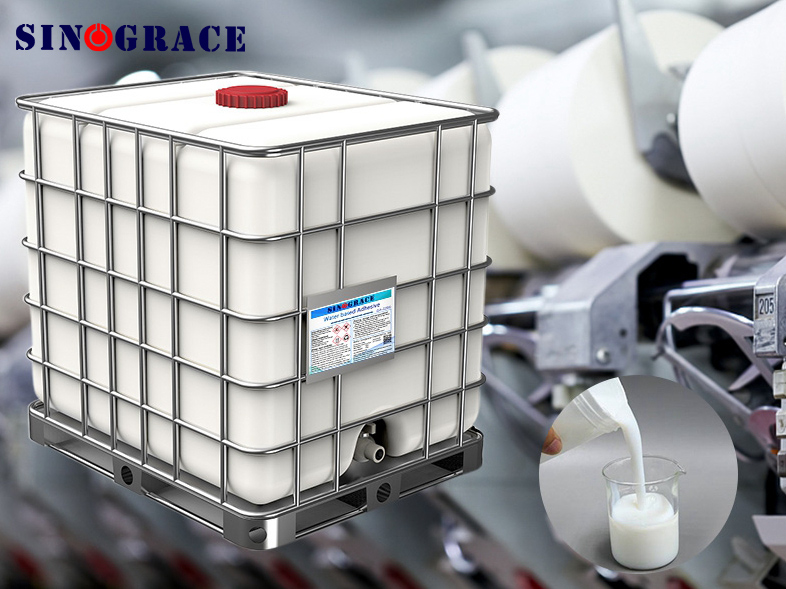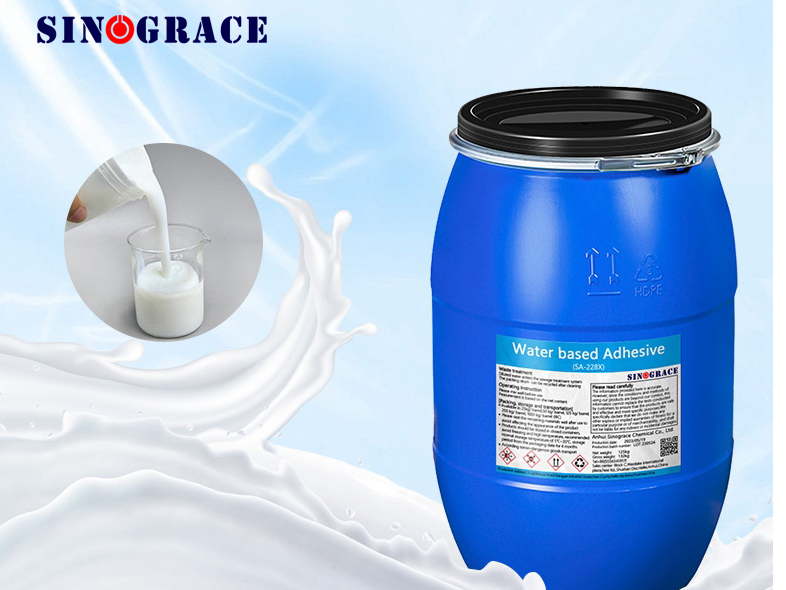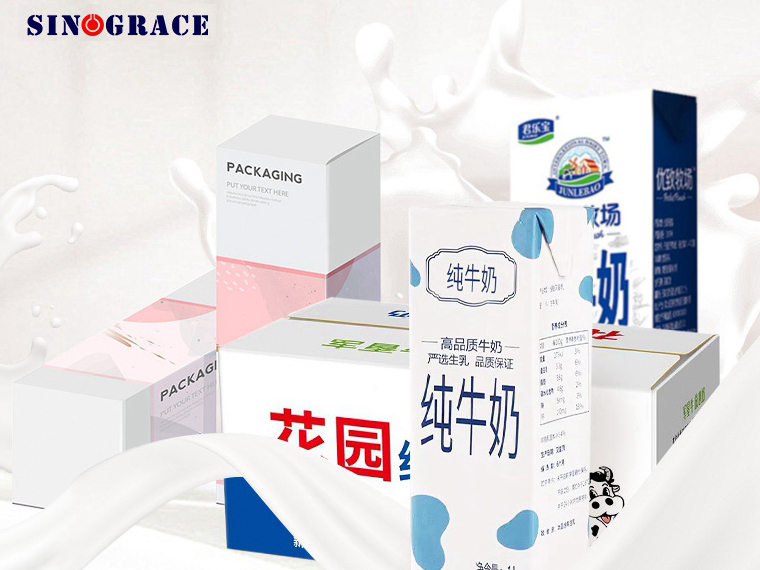
2023-11-10
The amount of glue applied is insufficient or uneven Insufficient or uneven amount of glue due to insufficient amount of glue produced by the white spot can be observed in the composite machine. In the dry composite process, the coated adhesive must be able to fill the bumps and bumps on the surface of the ink and film to avoid appearance defects such as obvious white spots.When the water-based adhesive dry composite is used to produce lightweight packaging products, the economic coating amount of water-based adhesive is 1.8 ~ 2.2g/m2, and the working concentration is 42% (the working concentration of different brands of water-based adhesive may vary), and the number of lines is 180 lines/inch, and the depth of the mesh hole is 32μm.Due to the large opening degree of the net hole on the roller, if the surface of the roller is worn, it will have a more obvious impact on the amount of glue. Therefore, in the dry composite process of water-based adhesives, the operator should often detect the actual amount of glue applied by the roller to avoid insufficient amount of glue applied due to excessive wear of the roller. In addition, the uniformity of the amount of water-based adhesive is also a very key factor, if the coating is not uniform, there will inevitably be a small amount of local glue, resulting in white spots. Therefore, we should pay special attention to the following two issues: ①The assembly of the scraper should be flat and straight, without distortion, and the Angle and pressure of the scraper should be adjusted appropriately to ensure uniform scraping effect; ②During normal production, the scraper should keep the left and right strings to avoid the wear of the rubber roller in a fixed position. Poor level of glue Because water-based adhesives are not like solvent-based adhesives, they can achieve a better leveling effect under the action of their own gravity and surface tension after coating, so when coating water-based adhesives, it is necessary to use a flattening roller to flatten the adhesive. The speed, pressure and surface cleanliness of the flattening roller are related to the leveling effect of the water-based adhesive, and the rotation direction of the flattening roller should be opposite to the compound direction, otherwise the flattening effect cannot be achieved, and the speed should be slightly higher than the compound speed. The leveling effect of the water-based adhesive is also affected by the surface tension of the coated film. Since the surface tension of the water-based adhesive is obviously higher than that of the solvent-based adhesive, the surface tension of the ink on the coated film is required to be not less than 38mN/m, otherwise the water-based adhesive will automatically shrink after coating and cannot be continuously formed. Therefore, the operator should pay attention to the detection of the surface tension of the coated film. In addition, if the surface of the coated film is not clean, adhering to substanc...
read more
2023-11-09
This new type of environmentally friendly water-based coating adhesive does not contain any organic solvent, has passed the SGS international certification, so it is non-toxic, there is no flammable, explosive danger, please rest assured that the manufacturers in the industry use. Water-based laminating adhesive does not contain toxic heavy metals, in line with the relevant packaging laws and regulations in international trade. Therefore, the relevant manufacturers do not have to worry about the use of this laminating glue, polluting the environment, in violation of packaging laws and regulations. For the original solvent-based adhesive manufacturers, do not need to replace the laminating machine, water-based laminating glue can be used on the solvent-based laminating machine, so that the relevant manufacturers have no worries, can not replace the adhesive and replace the laminating machine, and in addition to re-invest a capital to worry about. For difficult to stick inks, such as black, brick red prints, can use dry coating, general color prints, can use wet coating, coating speed and save electricity, that is to improve efficiency, but also a good way to save costs. We recommend the new adhesive adhesion and durability, moisture resistance, heat resistance, cold resistance are far more than solvent-based coated adhesive, belongs to efficient, energy saving, environmental protection, economic innovation products, fill the domestic gap, the international leading level. Water-based film adhesive can also be used for BOPP, PET, coating and other plastic films and paper prints bonding, the application range is also wider. The use of new water-based coating adhesive is the trend of The Times, but also has huge social benefits. Water-based coated adhesive is solvent-free, safe and environmentally friendly during use, and does not cause harm to the health of production personnel. The use of water-based film coating adhesive for film coating processing, the overall cost is reduced, with good economic benefits. For such an advanced water-based resin value, we recommend, and hope that the relevant manufacturers use this resin as soon as possible.
read more
2023-11-04
The adhesive not only needs it to stick firmly, but also needs long-term viscosity, the effect of the adhesive is better, if it can not be sustained, after a period of time it will fall off, or for some reason, the viscosity will decline, so we sometimes need to think of some ways to ensure the durability of the viscosity. Research work and experience have shown that adhesives can bond things by intermolecular attraction, and the bonding force between these interfaces is composed of secondary valence force (physical force, electrostatic force, primary valence force (chemical force) and mechanical force, of which the secondary valence force is the main force producing the bonding force. The implementation of this adhesive relay can be considered to have two stages: The first stage is that the flowing adhesive molecules spread to the surface of the bonded object and gradually get closer by means of Brownian motion, and the fluidity of the adhesive liquid (less viscosity) and the application of curing pressure are conducive to the contact and proximity of the molecules. The second stage is the generation of intermolecular adsorption. When the distance between the adhesive molecules and the surface molecules of the adhesive is close, the secondary valence force begins to play a role and increases with the reduction of the distance between the molecules of the adhesive and the surface. The two processes cannot be completely separated, and the glue has been going on before curing. It can be seen that the adhesive can promote full contact with the surface of the adhesive. The closeness of the distance between the two molecules is the key to obtain the adhesion. Therefore, for the same kind of adhesive, the viscosity of the adhesive itself is large or in the construction, try to make it thin, Brown motion heating measures and curing pressure and curing time extension (especially at room temperature curing adhesive), the surface of the adhesive flat, clean, dry are the conditions for obtaining the best adhesion. To sum up, the following points are what we should pay attention to in construction: 1, the procedure of the bonding process: surface treatment for different properties of the adhesive and different situations, surface treatment. Strictly can be divided into general methods, chemical methods and physical methods. In the decoration industry, it is mainly for the simple treatment of sticky objects. Such as: dust, oil, rough surface, water and other aspects of treatment, to ensure that the sticky surface is clean, dry, no oil. 2, the adhesive surface should be evenly coated to ensure infiltration, as far as possible to avoid bubbles, because there are pores and the bonding strength is greatly reduced, resulting in degumming. Attention should be paid to the alignment of the position at one time, do not mismove, can be pressurized, eliminate air, and make it close contact. 3, the process of curing adhesive through chemical and physical action to make i...
read more
2023-11-03
1. Familiar with the properties of adhesives For bonding, adhesive is the basis, the selection of adhesive, its performance is an important basis. Different types of adhesives, with different properties, determine their various uses, only familiar with the performance of adhesives, in order to handy selection. 2.Identify the nature of the adhesive There are many types of adhesive species with different properties, and the properties of each type of material are also different, and the appropriate adhesive must be selected according to the different characteristics of the material. Materials are divided into metal materials, non-metal materials and composite materials. 3.The conditions of use should not be ignored The adhesive parts should be used under certain conditions, and the condition factors have an important impact on the bonding performance, so the condition factors can not be ignored when selecting the adhesive. 1)Temperature Different adhesives have different heat resistance. Some have good heat resistance and can be used at higher temperatures; Some have poor heat resistance and can only be used at lower temperatures, most adhesives have better low temperature resistance, and some can also be used in ultra-low temperature environments. The general adhesive use temperature is -40 ~ 150℃. 2)Humidity Moisture and moisture are very unfavorable to the stability of the adhesive interface and can be said to be harmful. In the environment with high humidity, 502 rubber, unsaturated polyester resin rubber, epoxy-polyamide rubber can not be used, but phenolic butyrilene rubber, epoxy-nitrile rubber, epoxy polysulfide rubber and so on should be used. It is best to get warm curing. 3)Chemical media The chemical medium is mainly acid, alkali, salt, solvent, etc., different types of adhesives, different curing conditions, with different ability to withstand the medium, should be selected according to the adhesive contact medium. 4)Consider the possibility of process implementation All kinds of different adhesives need different process conditions, some can be completely cured at room temperature, and some can be cured by heating; Some cure quickly, some cure slowly. On the continuous production line, if a long curing time is not allowed, a fast curing adhesive should be selected.
read moreCopyright © 2015-2024 Anhui Sinograce Chemical Co., Ltd..All Rights Reserved.powered by dyyseo.com
top